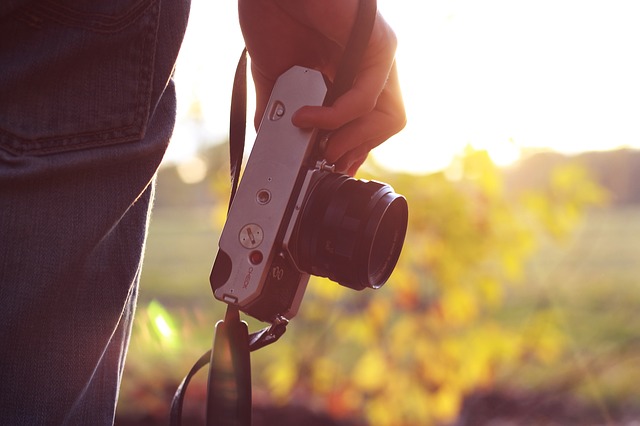
By Debby Hudson | Twitter: @debby_hudson
I don’t like fitting rooms. Some places try to look a little fancier than the slate-gray-institutional-look cubicles at Target. At White House Black Market, heavy curtains hang between you and the salesperson. Victoria’s Secret has solid black doors helping you feel more private trying on things you know weren’t made for your body.
What I really don’t like is arming myself with various sizes, because who knows how the new cut of jeans will fit this time. (That’s code for how much weight have I really gained.) The whole experience leaves me feeling like I’m the one who doesn’t fit.
But, we have to wear clothes (thank you Adam and Eve … I mean, really, thank you!) and the perfect fit jeans you bought at the Gap last year have been discontinued. And it’s back to the fitting room.
I’ve been trying some different things on the past few years. I saw a few things I thought would fit. I tried writing. I joined a few groups, took a course or two and started learning the language. I worked up the courage to submit to a few sites and got rejections and acceptances, both of which made me feel like a “writer.” But the fit wasn’t one I was going to wear long term.
Next I tried on photography. Again, I took a few classes, joined a group or two and shot, deleted, shot, deleted. I grew my following on Instagram and sold a handful of photos through Shutterstock. This fit is closer to being true. Perhaps because it’s coming more natural to me. It’s helping me discover more about the creative part of me. Casual and fancy are both good fits with this lens.
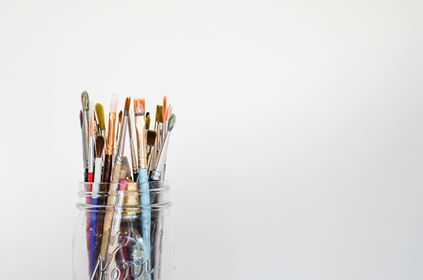
I have always been a maker. You might even say it’s in my DNA coming from a line of makers.
My paternal granny made tiny Barbie dresses with crocheted purses for them. I was the delighted recipient of her skills.
Mama tried her hand at ceramics, tole painting, sewing, knitting and a few more things along the way. She was my biggest encourager nudging me to go further with my art.
In her family the women are particularly creative with sewing, decorating, painting and even upholstery. Yes, we are makers. Our hands need to be busy with needle and thread or brushes and paint. It’s an ingrained part of who we are.
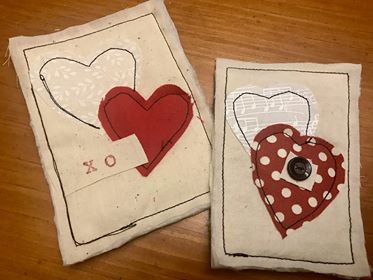
When our children started school I took some of the things I made to local shops to sell. Some were sold on consignment and others bought outright at a margin allowing them to make their profit.
I learned what did and didn’t fit for me:
Making = a good fit
Selling = never the right size
Times have changed. Craft shows that were plentiful at the time have shrunk in size and variety. Places like Hobby Lobby sell items that can be sold at low cost.
The opposite is true of sewing. Why spend the money on fabric and the time involved when you can buy the dress cheaper at Target?
For some of us, it’s not the cost of supplies but that zen moment we get in the making.
I’ve dipped my toes in selling again. The internet makes it easier. It’s like a fancy changing room where you can hide behind the sleek black door while someone you’ll never see scrutinizes your work.
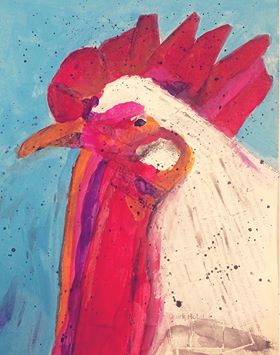
While friends have been encouraging me to sell, it’s still not easy. Increased quality of phone cameras has made everyone a photographer. Who needs to buy someone else’s work?
Even though the internet seems to have made it simple for an artist to sell their work the result is a saturated market. How does anyone get their work seen? Now we have to be makers, salespeople and marketers.
Seduced by the ease of uploading photographs, I submitted a few to Shutterstock. They were accepted and after a few weeks I had my first sale. Twenty-five cents! Reality and humility often go hand in hand.
We are facing a big change in our life next year. We are retiring and I already have visions for the Florida room in our retirement home. My mind’s eye pictures shelves in one corner holding a variety of props for my still life photography. Windows on three sides will bathe the room in light for painting and shooting stills. Perhaps an area in front of the white-painted brick fireplace to set up a revolving vignette. I envision the serenity that comes with creating, even in creating the space itself.
Maybe this new place and new chapter will lead toward more risks. Maybe I’ll try on new things in the fitting room that’s called retirement. Maybe I’ll become friends with that fitting room.
Today there are a lot of maybes. What is certain is that I’m a maker as much as I’m a wife, mama, MeMe, sister and friend. While I’m creating images on the screen and paintings in my tablets, I most want to make a place for peace in grace.
*All but title image are by Debby and are used by permission!
About Debby:
 My husband and I partner in ministry as ordained ministers in The Salvation Army. We’ve been involved with the recovery community for 14 years and are Administrators of a six-month residential program for men. Through our work in this area, we see hope shared on a daily basis. We are witnesses to God’s amazing grace. When I’m not being a surrogate mom to these men, I enjoy many artistic endeavors and share a lot of them on my Facebook page. Come find me on Twitter at @debby_hudson and Facebook at @debbyhudsoncreative. Check out Debby’s photography here and here.
My husband and I partner in ministry as ordained ministers in The Salvation Army. We’ve been involved with the recovery community for 14 years and are Administrators of a six-month residential program for men. Through our work in this area, we see hope shared on a daily basis. We are witnesses to God’s amazing grace. When I’m not being a surrogate mom to these men, I enjoy many artistic endeavors and share a lot of them on my Facebook page. Come find me on Twitter at @debby_hudson and Facebook at @debbyhudsoncreative. Check out Debby’s photography here and here.
Sign up for the (occasional) Mid-month Digest and the (loosely) “end of the month” Secret Newsletter for Scraping Raisins Here:
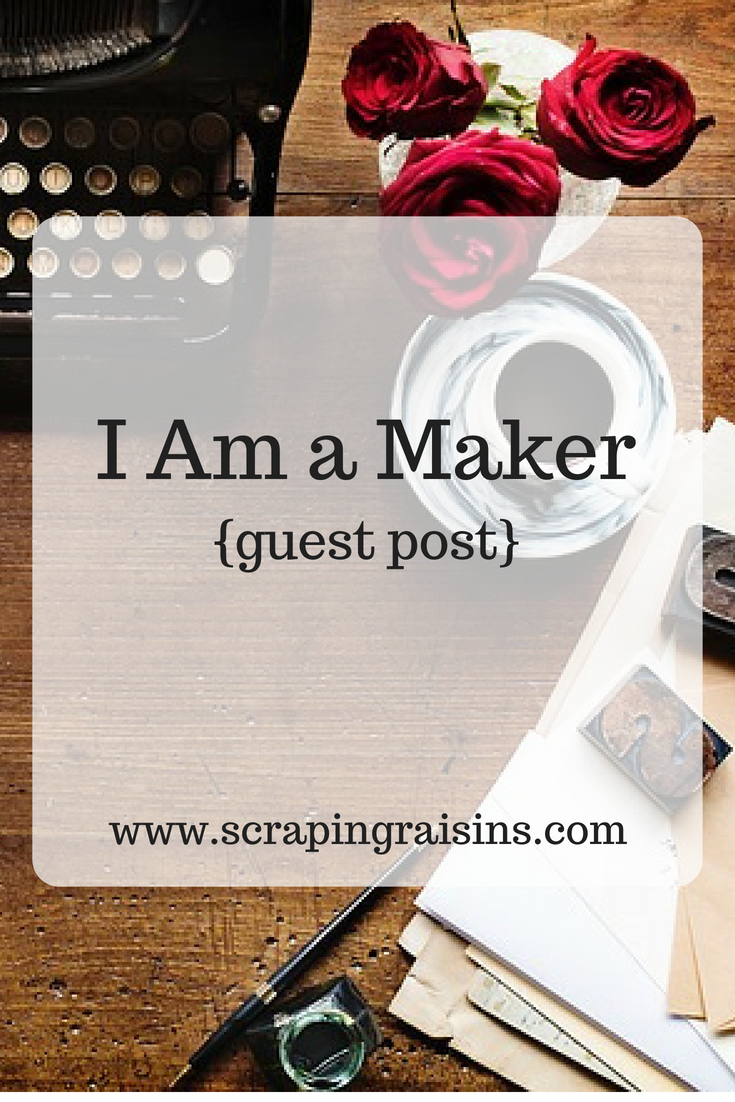

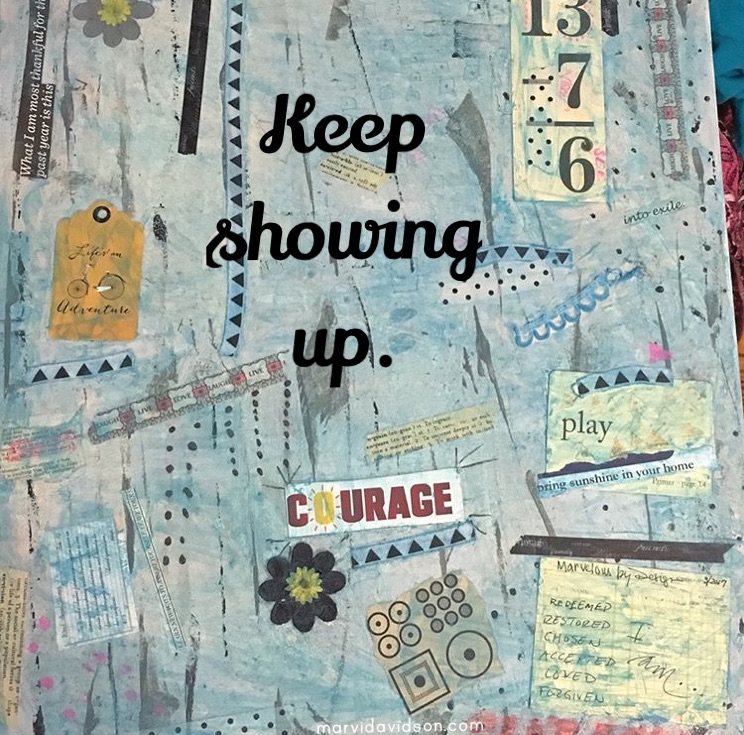
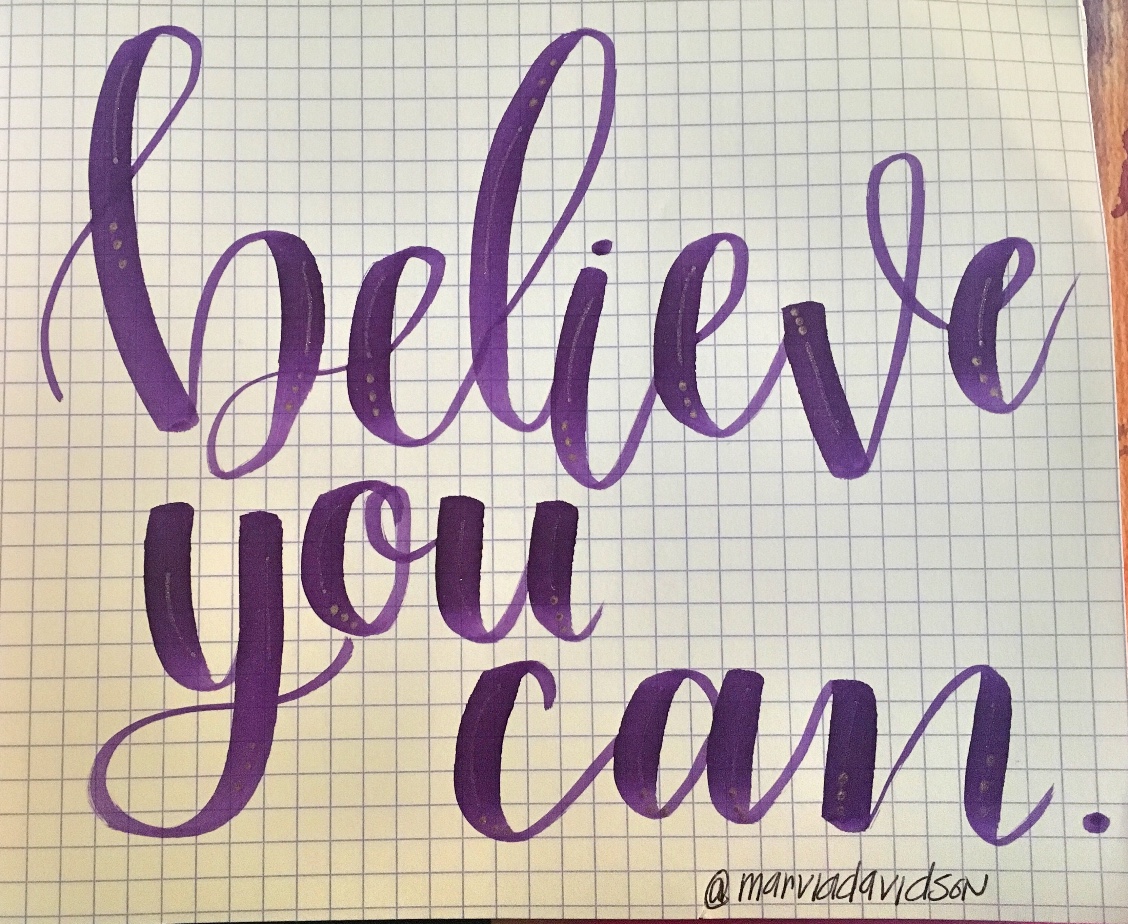
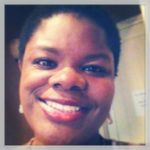 Marvia is a Texas writer/creative soul who enjoys writing, making art, laughing loudly, baking, dancing ridiculously because it’s fun, and smashing lies that keep people from living whole. Join her at
Marvia is a Texas writer/creative soul who enjoys writing, making art, laughing loudly, baking, dancing ridiculously because it’s fun, and smashing lies that keep people from living whole. Join her at 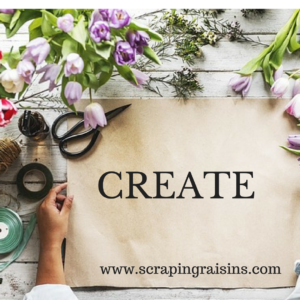
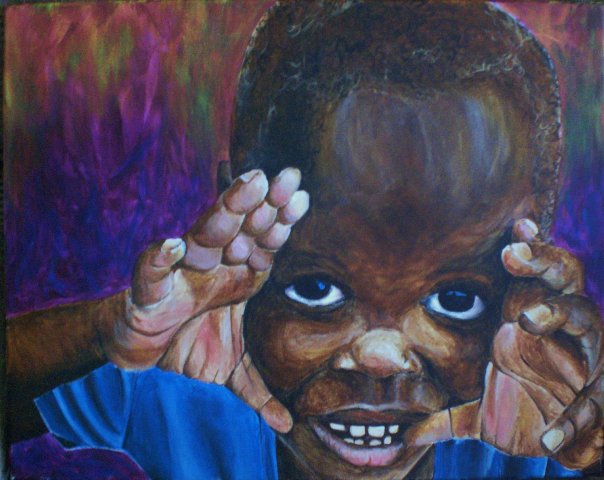
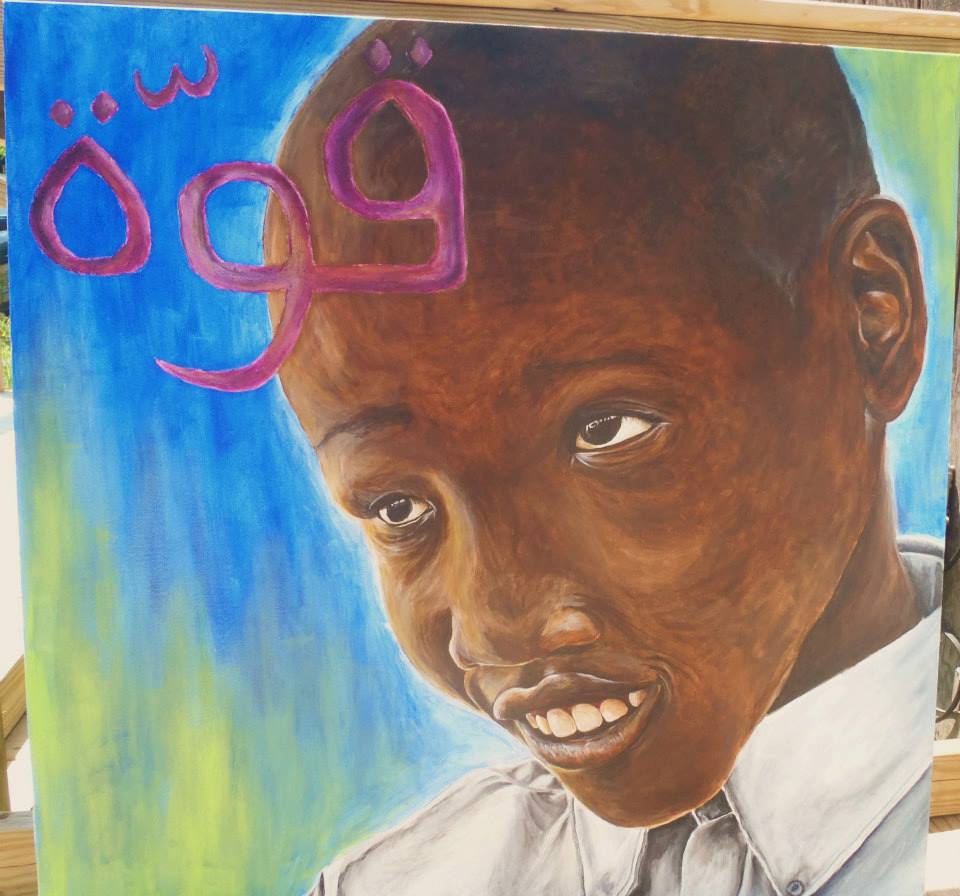
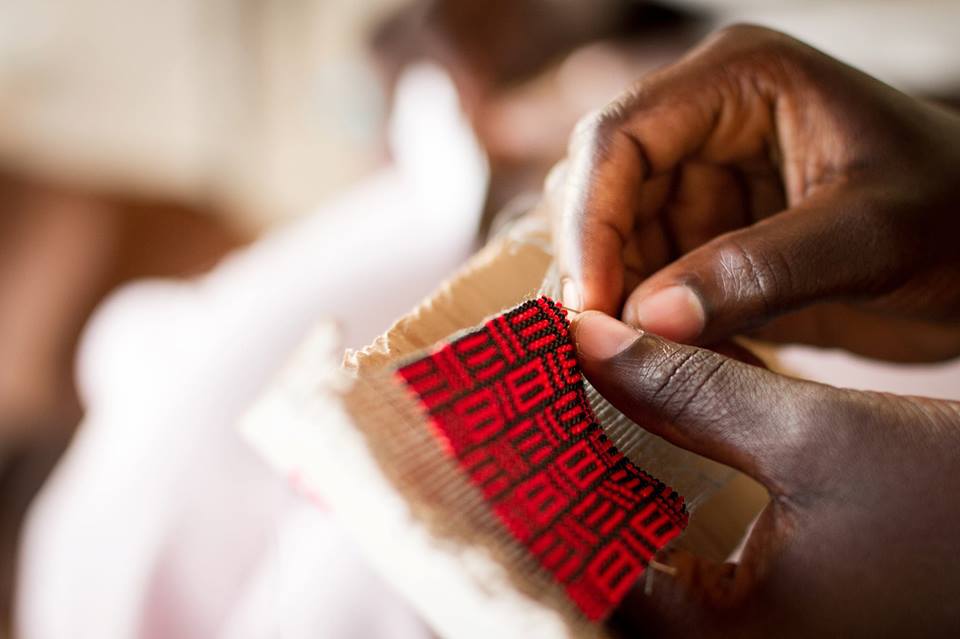
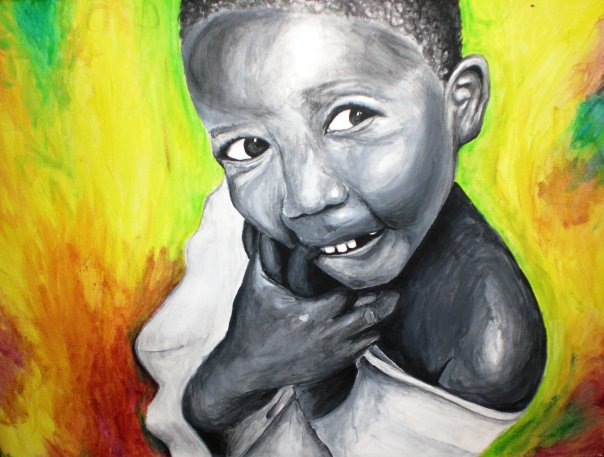
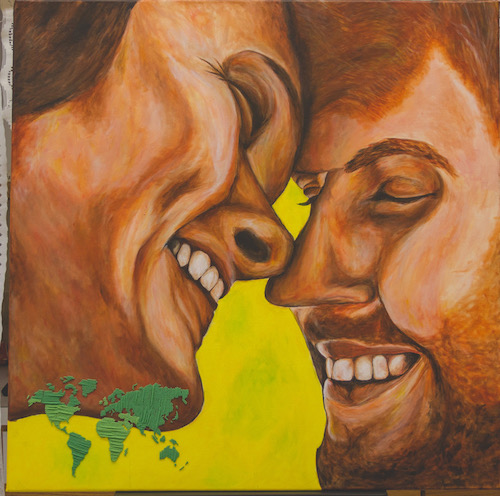
 Beth Watkins spent the last 6 years working in North and Sub-Saharan Africa with vulnerable populations. She is currently settling back in the US with her immigrant husband and writes about flailing awkwardly into neighbor-love at
Beth Watkins spent the last 6 years working in North and Sub-Saharan Africa with vulnerable populations. She is currently settling back in the US with her immigrant husband and writes about flailing awkwardly into neighbor-love at 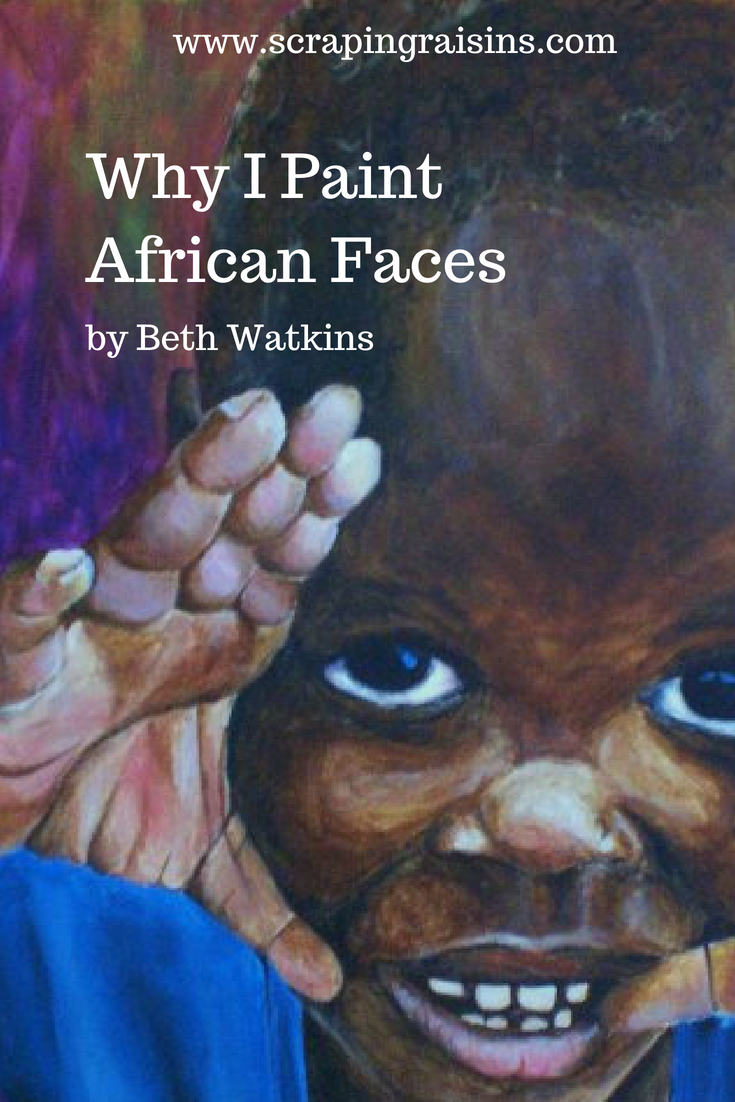
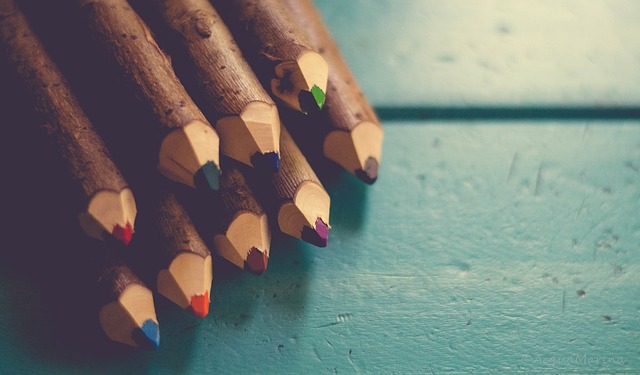



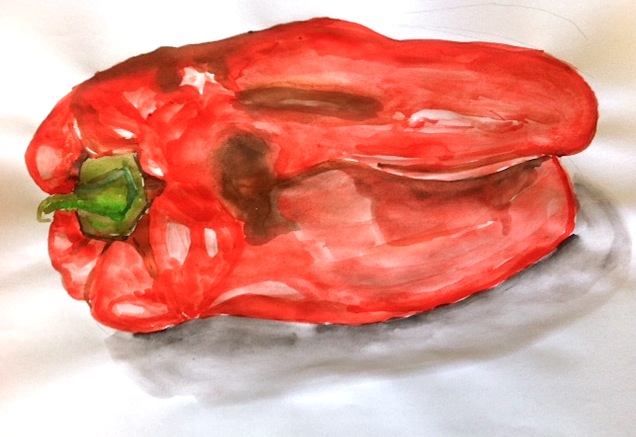




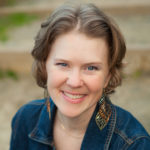 Heather Caliri is a writer and shy artist from San Diego who uses tiny, joyful yeses to free herself from anxiety. Tired of anxiety controlling your life? Try her mini-course, “Five Tiny Ideas for Managing Anxiety,” for free
Heather Caliri is a writer and shy artist from San Diego who uses tiny, joyful yeses to free herself from anxiety. Tired of anxiety controlling your life? Try her mini-course, “Five Tiny Ideas for Managing Anxiety,” for free